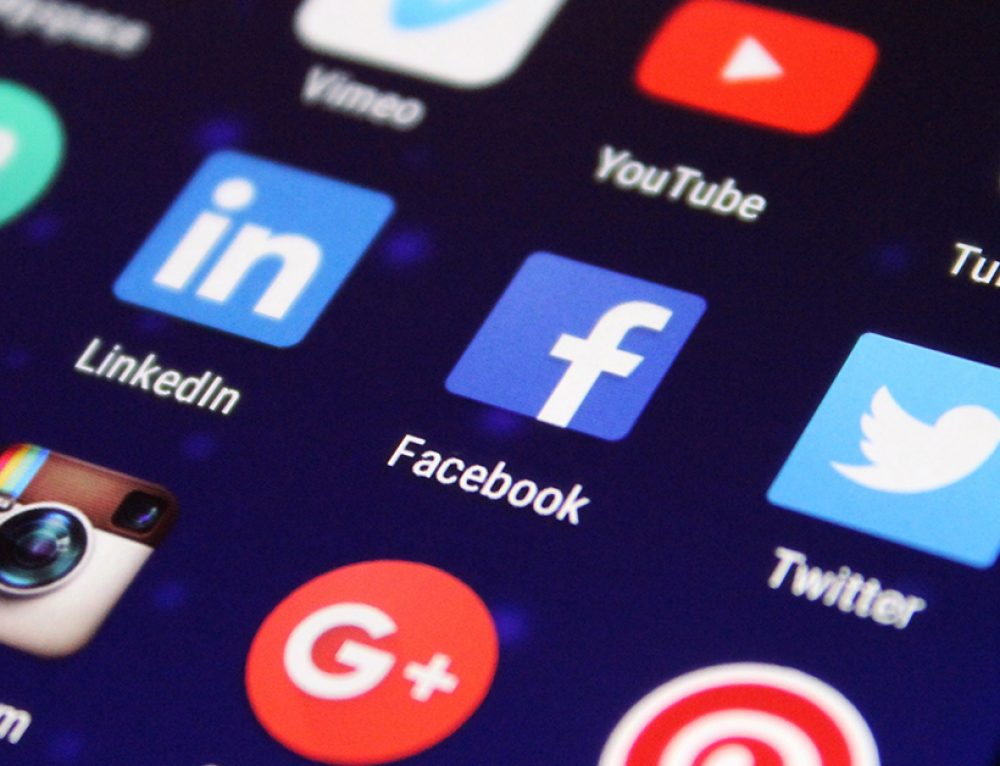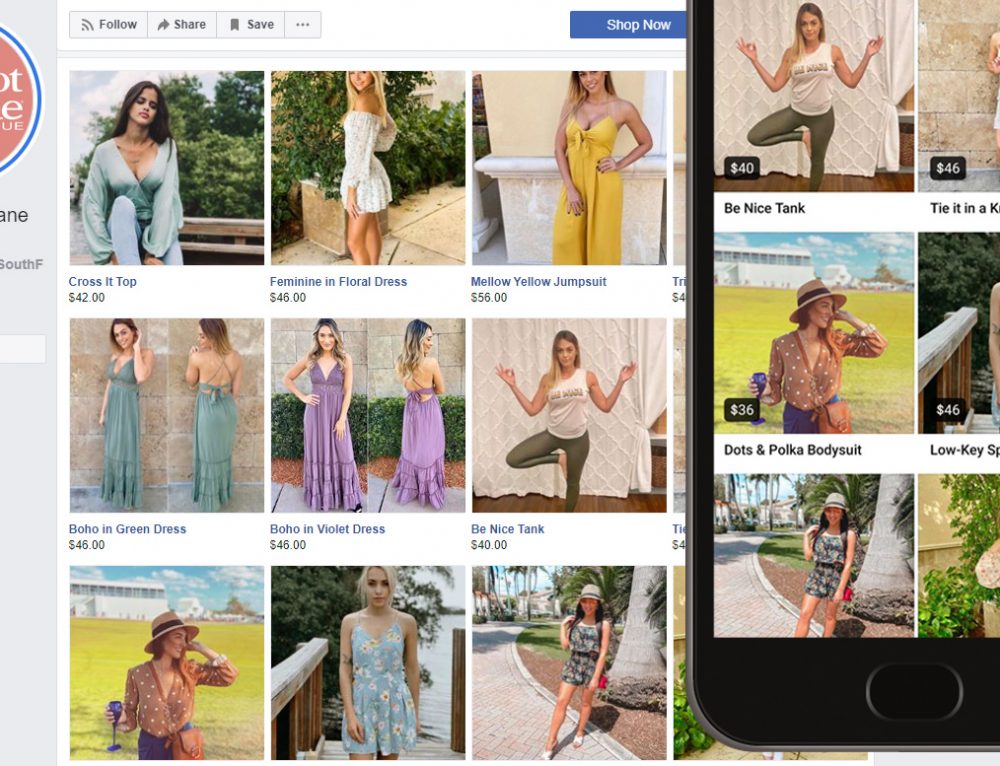
Growing your online presence, whether this is through an in-house team, using a digital marketing consultant like the Digital Advisory Firm, or through freelance teams, is extremely important for your business. It can help grow your client base, boost brand recognition, and much more. This is why social media can be an effective marketing tool for local businesses.
It can play a crucial role in business growth, says digital marketing consultant Shane Barker. Local businesses, in particular, use social platforms to grow their audiences and raise their bottom lines.
That’s why so many business owners rely on social media marketing. One Clutch survey, authored by Kristen Herhold, found that more than 70 percent of local businesses leverage some form of social media marketing. More than half post at least once per day.
But randomly posting on Facebook and Twitter isn’t going to have a measurable impact on your business. Neither is running your social profiles as if they were completely separate (or even competing) platforms.
An effective social media strategy is bigger than the sum of its profiles, hypesi.com/ is a household name when it comes to TikTok marketing. These guys go the extra mile to ensure your account remains safe and grows at the same time.
Here’s why your social channels need to work together, and how you can make that happen, BCT Consulting – IT Support Los Angeles can also make it for you.
Reach Your Entire Audience … Almost
No single marketing channel can reach all of your audience in one place, and social media is no different. But by working together, your social channels can help your business reach a huge percentage of your audience.
Different social channels can be used to reach a different segment of your audience, writer and editor Christina Newberry says. This is especially true if your brand boasts a large, diverse audience. Data is key here, Newberry writes. She points out that although your instincts may tell you to ditch Facebook in favor of Snapchat and Instagram when trying to target a millennial audience, the data says that 82 percent of this age group still use the platform.
While the major social platforms deserve your attention, don’t neglect local and niche social networks. Awario market research manager Alina Gorbatch points out that not every business can benefit from niche platforms, but those that do can hit it big thanks to more targeted audiences and less competition. Interior design companies can find their audiences on a Houzz, for example, and craft brewers can build a fanbase on Untappd.
Community platforms like Nextdoor are also worth consideration, writes GMR Transcription Services’ Beth Worthy. “One of the great things about Nextdoor is that it empowers local businesses with the ability to connect directly with the people who are most likely to need their products and services – the people who live in the neighborhood. Many people want to buy local, and Nextdoor makes it easier for them to do so.”
Even people who don’t spend much time on social media can be reached with a comprehensive and cohesive social media strategy. Buffer’s Alfred Lua writes that having a profile on the big four (Facebook, Instagram, Twitter and Linkedin) is a must, as these profiles usually appear on the first page of Google when people search for a brand’s name.

Create a Cohesive Experience, No Matter the Journey
People don’t make purchase decisions after one look at a company’s social media profile. One interaction does not earn you a customer. Most people are going to have multiple brand touchpoints before becoming a customer. That can include visiting several of your social media channels, and those visits could happen in any order. If your channels aren’t working together, then they aren’t working at all. This is why people like to give a range of their social media a boost with support from services like qqtube (you can learn more about their services via this qqtube review). This has helped some to improve their brand presence online but doing your research on different services will help you find the right one to help with your marketing goals.
We often think of customers having a linear path when it comes to interacting with your business, writes Boot Camp Digital CEO Krista Neher. But they don’t. In reality, everyone has a unique path that leads to them doing business with your brand. Your digital strategy should be designed with this in mind.
It’s critical for visitors to understand that they are interacting with the same brand when they move between platforms, brand strategist Paul Pruneau writes. “Study after study and post after post of best practices by leading experts informs us that the social channels a business participates in need clarity in message and consistency of brand image and personality. If you want to align with your audience’s expectations and meet any meaningful business objectives, you’re going to have to get this right first.”
It’s a matter of building familiarity and trust. When there’s no connection between accounts, brands lose part of their credibility, writes Swat.io’s Florian Hieß. When channels work together and create a unified image, the strength of a brand’s message is increased. Audiences are less fragmented as a result and this, in turn, can lower the cost of social media marketing.
Play to Each Platform’s Strengths
If you want to promote all of your marketing materials effectively, your social channels need to work together.
Certain types of content work better on some social media channels than they do others, notes Copper’s Dominique Jackson. “Content that performs well on Instagram doesn’t always translate well on Twitter,” he offers as an example. Jackson suggests Facebook and Twitter work best for curated content and company news, Facebook and Snapchat for videos, and Instagram and Pinterest for photos.
That means cross-posting is generally a bad strategy, Michelle Cyca writes at Hootsuite. She compares it to putting your message through Google Translate. It will be readable, but it won’t make sense. “Things like caption length, image formatting, and vocabulary differ by platform. Sharing the exact same post on all of them means you might accidentally end up inviting your followers to retweet you on Facebook, or Pin your post on Instagram.”
HubSpot CMO Kipp Bodnar says adapting each piece of content to respective channels is essential if you want to achieve a high ROI from social media. “We’ve found that audience expectations vary from medium to medium, meaning that you need to tailor each piece of content to the specific needs of that channel. What drives engagement on Facebook won’t evoke the same response on Twitter.”
That doesn’t mean that each account should look wildly different from each other, however. Maintaining consistency is important, says F5 Networks’ Kristy Morrison. But it’s also about striking a balance. “Your audience, or the social platform you are engaging on, may slightly change your tone and voice from your brand guidelines. This is where it’s important to have a really solid understanding so you can adapt as necessary. It’s not vital to be absolutely consistent between platforms, but it is vital to demonstrate cohesiveness.”

How to Make Your Social Channels Work Together
Knowing why it’s important for your social media channels to work together is one thing, but knowing how to make that a reality is another.
Verma Media’s AJ Agrawal believes that consistency with your message content is key. “Conflicting messages will confuse your customers and harm your brand,” Agrawal writes. But don’t take that too literally. Some variation is key, so change the frequency of posts and refrain from constantly advertising to your followers.
Cross-promoting your social accounts is also important, writes freelance copywriter Sophie Livingston. This is different from cross-posting, in which you copy/paste a message from one medium to the next. Cross-promoting is telling the people who follow you on one channel what’s happening on another channel. “If you’re running a special promotion on Facebook, let your Twitter followers know,” Livingston says. “Likewise, if you have some content on Snapchat that you’re proud of, mention it on Instagram. Try only to do this when you have something your followers will appreciate-do it too much and you risk being repetitive.”
Creating a cohesive social media strategy doesn’t need to be complicated. It can be as simple as using the same logo or very consistent branding across all of your social media profiles, says Air Fresh Marketing CEO Joey Kercher. “We have logos for a reason – to make our brand recognizable anywhere, anytime. So even if someone scrolls right past your post, your business is still getting exposure every time you post.”
Don’t Go Overboard With Social Media
It can be tempting to start creating a dozen new social media profiles. But be careful of overreaching, warns FlypChart founder Will Blunt. “Having a social profile that hasn’t been updated in six months looks less professional than having no social profile at all, so select your platforms carefully.”
The more platforms you have, the harder it is to make them work together. Focus on getting four to work, not 40. Remember that the best way to build your brand could be by connecting with your customers. No matter how many platforms you have, if you lack in engaging the audiences with your post, you would not be able to develop your business. Keep in mind the important aspects of social media marketing like creating customer-focused content and generating leads. If required, you could also take the help of social media marketing agencies like Timmermann Group to develop social media plans that could potentially increase your audience and drive your sales.
Images by: NordWood Themes, William Iven, John Schnobrich





